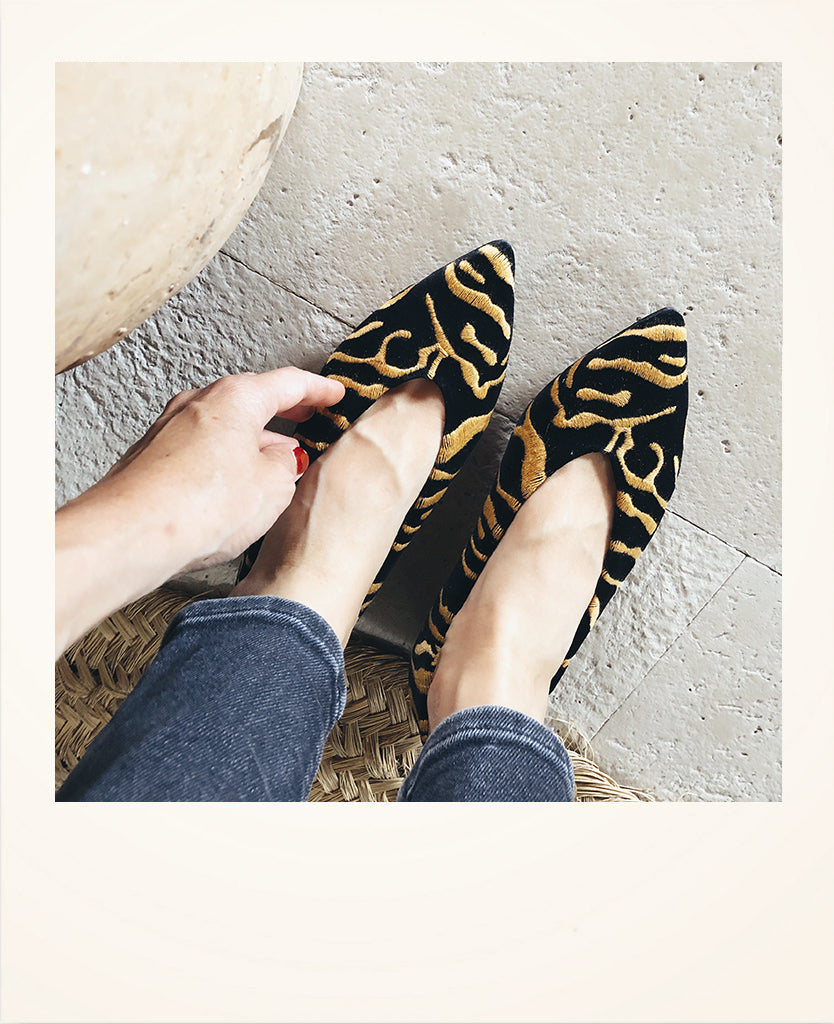We've all seen it The Diary Wears Prada . Meryl arrives, throws her fur coat on her secretary's desk, demands her coffee, and then marches straight into a conference room full of suited executives to decide which garments will grace the runway in next year's summer collection. It's January.
Trends are planned well in advance, that's no secret. Designers and brands typically estimate the quantity of garments they'll produce based on their sales history or some analysis they've done of their target market, and then they go for it. But sometimes these estimates are not correct. And unexpected events arise that force everyone to stay holed up at home for three months without going out or seeing anyone... Ahem, ahem.
Seen like this, it turns out to be a rather unnecessary way of generating waste. So Why is this the model that is followed systematically? Like almost everything in the world of fashion, all the blame falls on that indomitable giant: Fast fashion . The 1960s spawned several multinational textile manufacturing and distribution companies. “They saw that Paco Rabanne was making disposable dresses out of paper, and They revived dandyism as a pastime for young people , both men and women,” he says. Lauren Bravo in his book How to Break Up With Fast Fashion ( How to Break with Fast Fashion ). It began to be valued quantity rather than quality , which led us to “ a production solely focused on reducing costs” (poor quality, bad ethics, bad practice), and an attitude that viewed clothing as disposable goods ( waste, waste and more waste )”.
Unless you are a visionary (and a genius at that), Predicting demand for new designs often results in unnecessary waste . Elizabeth Bennett He explains it like this in This article for Refinery29: “The problem with the current model is that waste is part of the equation; They are another byproduct of the production process. Buyers predict sales for everything—styles, sizes, colors—long before they order from the factory (the larger the order, the more discounts they can apply), and when these garments aren't selling, there's little else they can do." So they burn what's left over. Which makes us think: if normally Approximately 15% of the material used is left over . How much material is thrown away every day? recent study It clears up any doubts: every year, the fashion industry generates 92 million tons , which is equivalent to 4% of the world total. Come on, a huge amount of burned material.
Unfortunately, no matter what business you have in the fashion world (sustainable or not), waste is going to be generated. The issue is to achieve the minimum generation. Knowing exactly how many products will be sold and producing them. In other words: work with real figures instead of estimates. It sounds much more sensible as a strategy, don't you think?
As with everything, pre-orders also have their drawbacks. Let's go through them one by one:
No, those shoes you forgot to order won't arrive before the wedding this Friday. But what you will get are shoes that have been produced from ethical manner by workers who have received a fair wage.
Yes, you'll have to wait three weeks to receive your shoes, and that may seem like a long time . But when you do receive them, you'll be receiving shoes that have been made with sustainable materials chosen with great care and respect for the environment.
Yes, you may have to wait all that time, only to find that the shoes don't fit properly. But if they turn out to be a great fit for you, you'll be part of an exclusive group of people who own those shoes. And you can't compete with that. Plus, you can always return if they don't suit you.
Pre-ordering isn't a one-way model. This way of buying requires patience, but it can also create a very positive change in consumer attitude. It is a model that forces consumers to think before you buy. It encourages them to shop consciously and is against impulse buying. An item of clothing, whether a sweater, a shirt or a pair of shoes , It's not done in a day (and even less so if it is handmade), and that is something that the consumer should take into account before clicking the 'buy' button.
“It’s a much more ethical and sustainable approach because there’s no overproduction, which reduces the risk of having to throw excess stock into a landfill,” he says. Emma Slade Edmondson , the founder of ESE Consultancy . It is the antidote against fast fashion culture – against the "possibility of buying looks directly through Instagram or ordering an entire outfit during your lunch break for dinner the next day without considering the ramifications further down the production chain." (Pre-ordering) connects consumers with the traditional trade , something that is fascinating in itself .”
This season we have decided embark on the world of pre-orders and we couldn't be more excited. It's a way of doing things much wiser and more environmentally conscious , and you know that we are totally into that. But now we want to know what you think. Where do you stand on this issue? Are you willing to wait three weeks for a pair of shoes? Let us know in the comments. Let's start the discussion!



